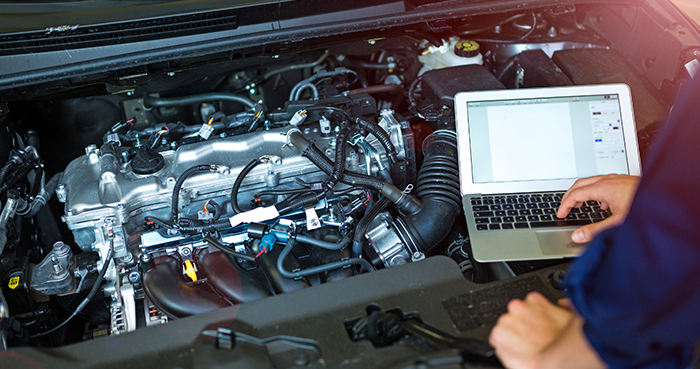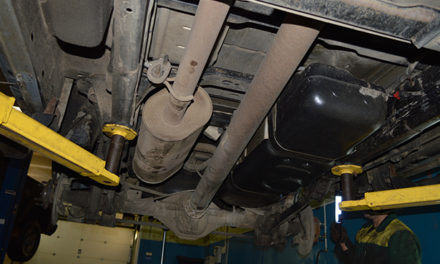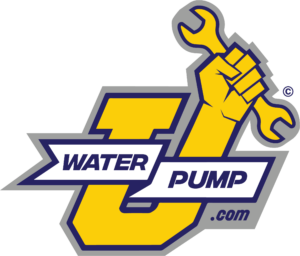If you’re looking for ways to squeeze more power out of your car’s engine without getting into things like supercharging or breaking the laws of physics, here are a few hints to get you started!
Check out Part 1 of this series for more ideas.
- Velocity stack: This device is shaped like a trumpet to fit over the air entry of your engine’s intake system or fuel injection to improve airflow. The decreased induction turbulence leads to more power output.
- Correctly sized fuel line: It might seem like common sense, but a lot of folks upgrade their engines but forget to change the fuel line accordingly. Trying to get 450 horsepower out of a 5/16-inch fuel line is like trying to gulp a soft drink through a little cocktail straw; there simply isn’t enough. For most applications, you’ll need a 3/8-inch fuel line. If your horsepower tops 500, then get a 7/16-inch fuel line instead.
- The right manifold: Horsepower gets all the press, but during engine enhancements, many folks forget to upgrade their torque as well. Torque and horsepower work together; in fact, torque should hand off nicely to horsepower when the throttle is wide open, but you really need a dual-plane intake manifold. This offers good low- and mid-range torque while letting the engine breathe at higher speeds. The long intake runners give you more torque when you accelerate, and the high ceilings deliver more horsepower.
- Jet sizing: Be careful with jet swaps–too little or too much can cause you to lose power. We suggest doing some experimenting with a Holley jet kit; go up by one jet size and watch your primaries, then secondaries. If you start losing power, go down on jet size. It’s better to go too rich than too lean. A spark plug reading taken immediately after a wide-open throttle shutdown can help you determine your best course of action.
- Cylinder heads: If you want to change out your cylinder heads, don’t just go for a larger size. Examine the valve and port size as well as flow numbers. For the best performance and torque, you need great intake velocity and matching exhaust scavenging, but monster valves and ports aren’t always necessary. Be aware that you’ll need a camshaft profile that’s compatible with your cylinder heads for decent overlap and flow-through momentum.






![[Vehicle Fitment]: Compatible with Buick Encore 2013-2015 2017-2019; Compatible with Chevrolet Cruze 2011-2015, Cruze Limited 2016, Sonic 2012-2016 2018, Trax 2013-2016---L4 1.4L [Reference Number]: FJ1150, 2173432, 0280158205, 62711 [Specification]:...](https://m.media-amazon.com/images/I/41XM46N4rRL._SL100_.jpg)
![[Vehicle Fitment]: Compatible with Chrysler Aspen 2007-2008; Compatible with Dodge Durango 2004-2009, Ram 1500 2004-2008, Ram 2500 2004-2008, Ram 3500 2004-2008---V8 5.7L [Reference Number]: The A-Premium Fuel Injector's reference number: FJ482, 5303...](https://m.media-amazon.com/images/I/51yrT8SNu5L._SL100_.jpg)
![[OE Auto Parts] - 16600-JK20A OE 3.5L Performance fuel injectors sold by Pjvmvo are OE parts.We use VIN matching to ensure the integrity of our inventory and accuracy of product descriptions.Offer high quality, and long-lasting performance. [Fitment]...](https://m.media-amazon.com/images/I/41ZU7A7CRQL._SL100_.jpg)


